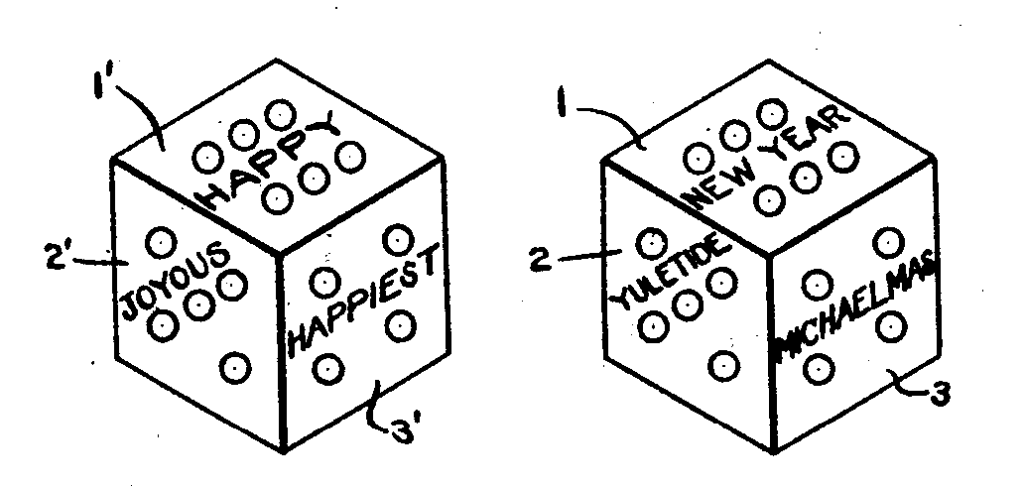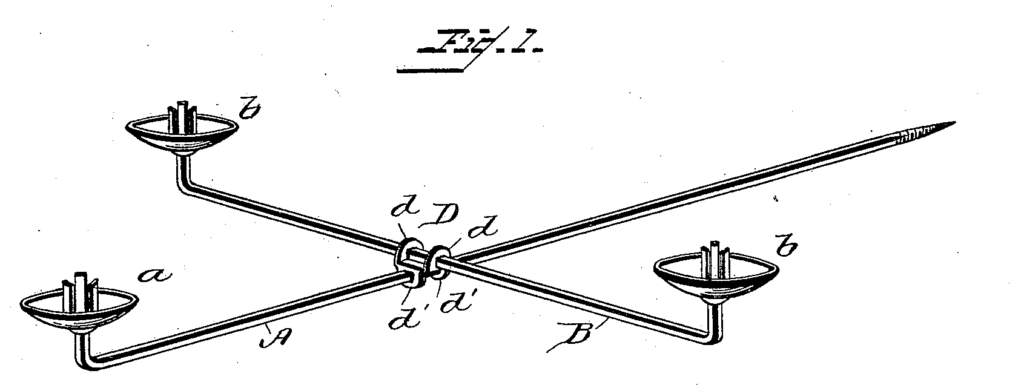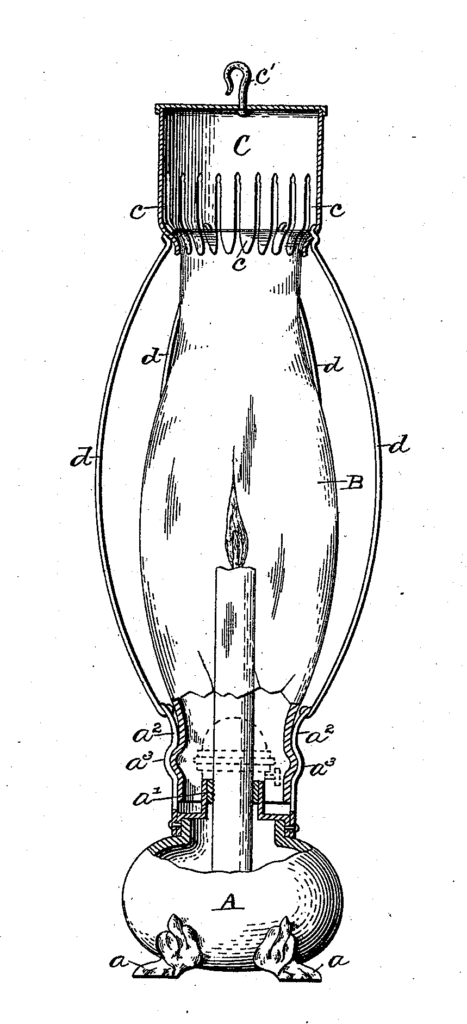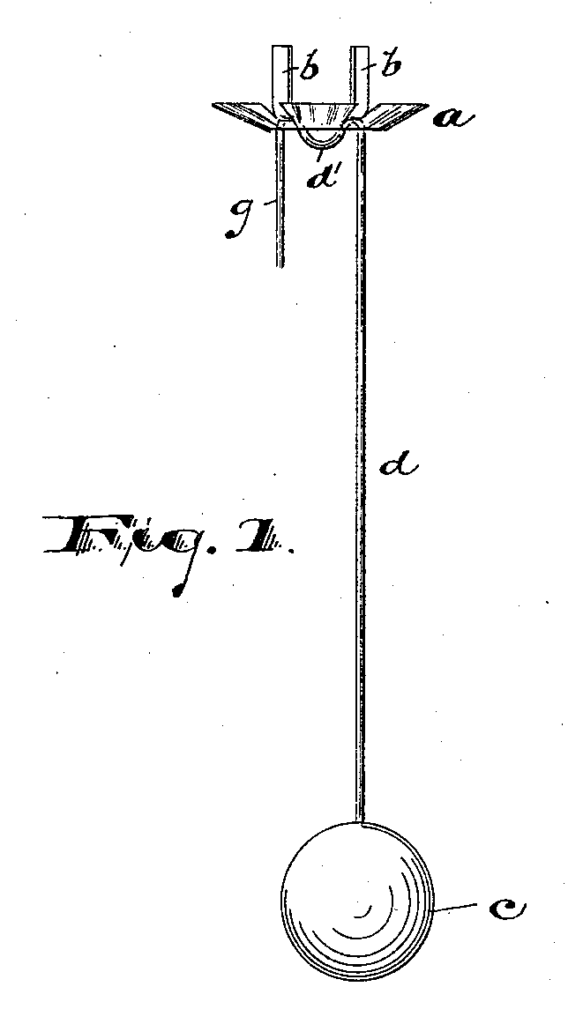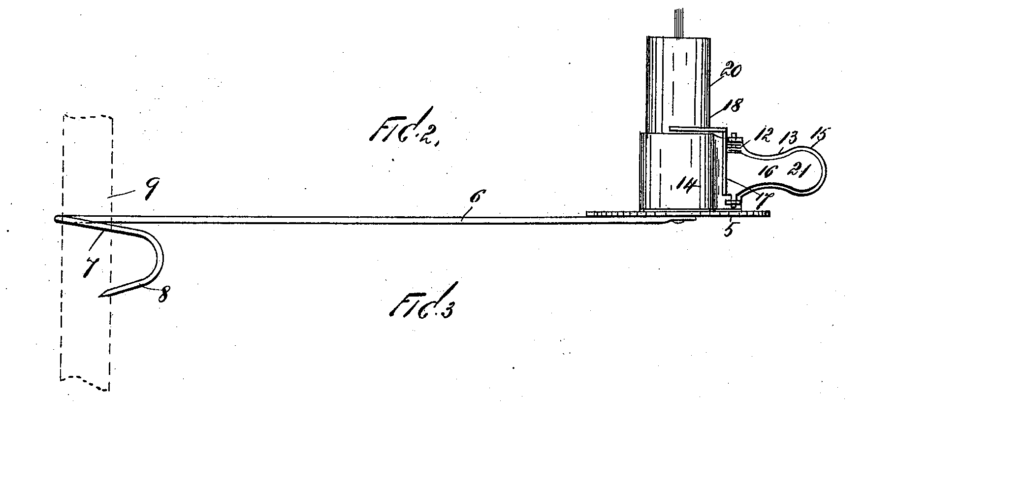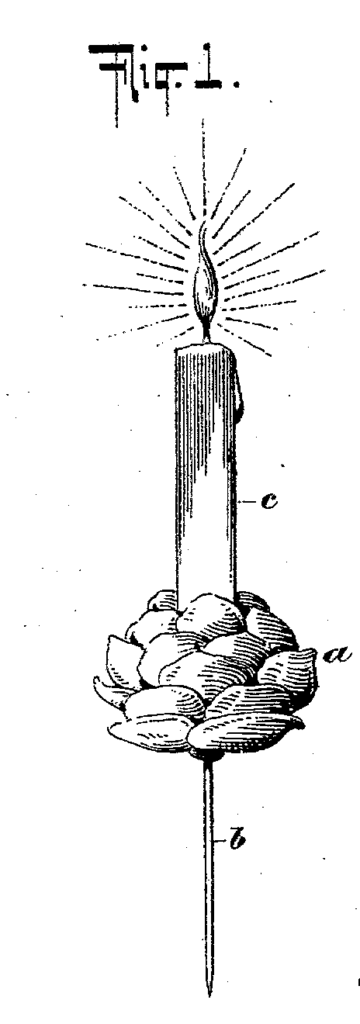Ini Personalized Media Communications, LLC v. Apple Inc., [2021-2275] (January 20, 2023), the Federal Circuit affirmed the district court’s determination that U.S. Patent No. 8,191,091 was unenforceable based on prosecution laches.
The district court determined that Personalized Media Communications successfully employed an inequitable scheme to extend its patent rights. Relying on the Federal Circuit’s decision in Hyatt, the court determined that laches required a challenger to prove that the applicant’s delay was unreasonable and inexcusable under the totality of the circumstances
and that there was prejudice attributable to the delay. Under this framework, the court found that PMC engaged in an unreasonable and unexplained delay amounting to an egregious
abuse of the statutory patent system.
The Court found that similar to Hyatt, PMC’s applications were atypically long and complex, containing over 500 pages of text and over 22 pages of figures. PMC filed each of its applications with a single claim, then subsequently amended the claims, sometimes to recite identical language across different applications. The court further explained that, like in Hyatt, over time, PMC greatly increased the total number of claims in the range of
6,000 to 20,000 claims. The court also found the length of the delay similar to
Hyatt because PMC waited eight to fourteen years to file its patent applications and at least sixteen years to present the asserted claims for examination.
The court reasoned that PMC’s prosecution conduct made it virtually impossible for the PTO to conduct double patenting, priority, or written description analyses. In addition to the scope and nature of PMC’s applications, the court pointed to PMC’s vast prior art disclosure, which
included references having little-to-no relevance, and examiners’ statements in office actions describing PMC’s prosecution strategy and conduct as improper. Regardless, prosecution had been pending for “nearly ten years” before the PTO suspended it.
The only notable distinction the court found between Hyatt and this case was that while Hyatt acknowledged he lacked a master plan for demarcating his applications, PMC developed the “Consolidation Agreement” with the PTO, under which PMC agreed to group its applications into 56 subject-matter categories, with subcategories for each of the two priority dates. The court determined that the Consolidation Agreement alone does not operate to shift blame on the PTO, explaining that the Consolidation Agreement had to be understood in the context of PMC’s business-driven, unreasonable prosecution strategy.
The court analyzed prosecution conduct concerning the asserted ’091 patent and found that PMC used the Consolidation Agreement to realize PMC’s initial strategy of serialized prosecution, notwithstanding the GATT amendments. Thus, the court found that Apple met its burden to prove the first element of laches.
The court reasoned that the prosecution delays had to be understood in the context of PMC’s expressed desire to extend its patent rights as long as possible and conceal its inventions until infringement was deeply embedded into the industry. This scheme contributed to the prejudice, which was underscored by the fact that a jury found that Apple’s FairPlay technology infringed the ’091 patent. Thus, Apple established prejudice, and laches rendered the ’091 patent unenforceable.
On appeal, PMC first argued legal error because its conduct looks nothing like Hyatt or the handful of other cases that have found prosecution laches. The Federal Circuit found that this was not a legal error and is factually incorrect. PMC nest asserts that its “compliance” with the Consolidation Agreement and the PTO’s rules precludes a finding of laches as a matter of law. The Federal Circuit disagreed. Third, PMC asserted that the district court improperly disregarded the reasons for the prosecution’s length. PMC points to delays in prosecution that occurred due to the PTO grappling with PMC’s GATTBubble
applications and attempting to resolve overlapping issues across many of PMC’s applications. The Federal Circuit rejected this as well, pointing out that “a delay by the PTO cannot excuse the appellant’s own delay.”
Fourth, PMC argued that the district court committed legal error by relying on the simple number of PMC’s applications. This argument also failed, the Federal Circuit saying that the district court here did not legally err by considering that PMC filed 328 GATT-Bubble applications as a part of the court’s analysis, which also properly considered
other relevant facts.
Fifth, PMC argued that it was a legal error for the district court to find delay due to PMC adding “narrowing” limitations directed to encryption and decryption in 2003, years after the priority date of the ’091 patent. In light of the significant amendments made in 2003, we
are not persuaded that the district court erred in concluding that PMC unreasonably delayed in presenting the encryption and decryption subject matter.
The Federal Circuit said that in sum, the district court did not legally err. The district
court correctly considered the totality of the circumstances and did not disregard or ignore relevant facts.

